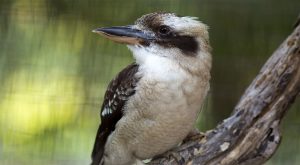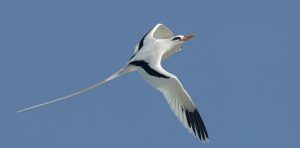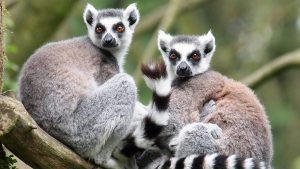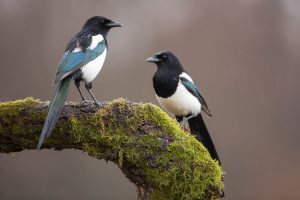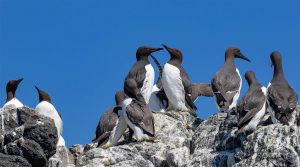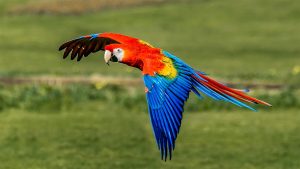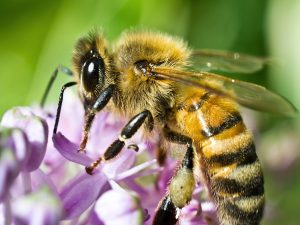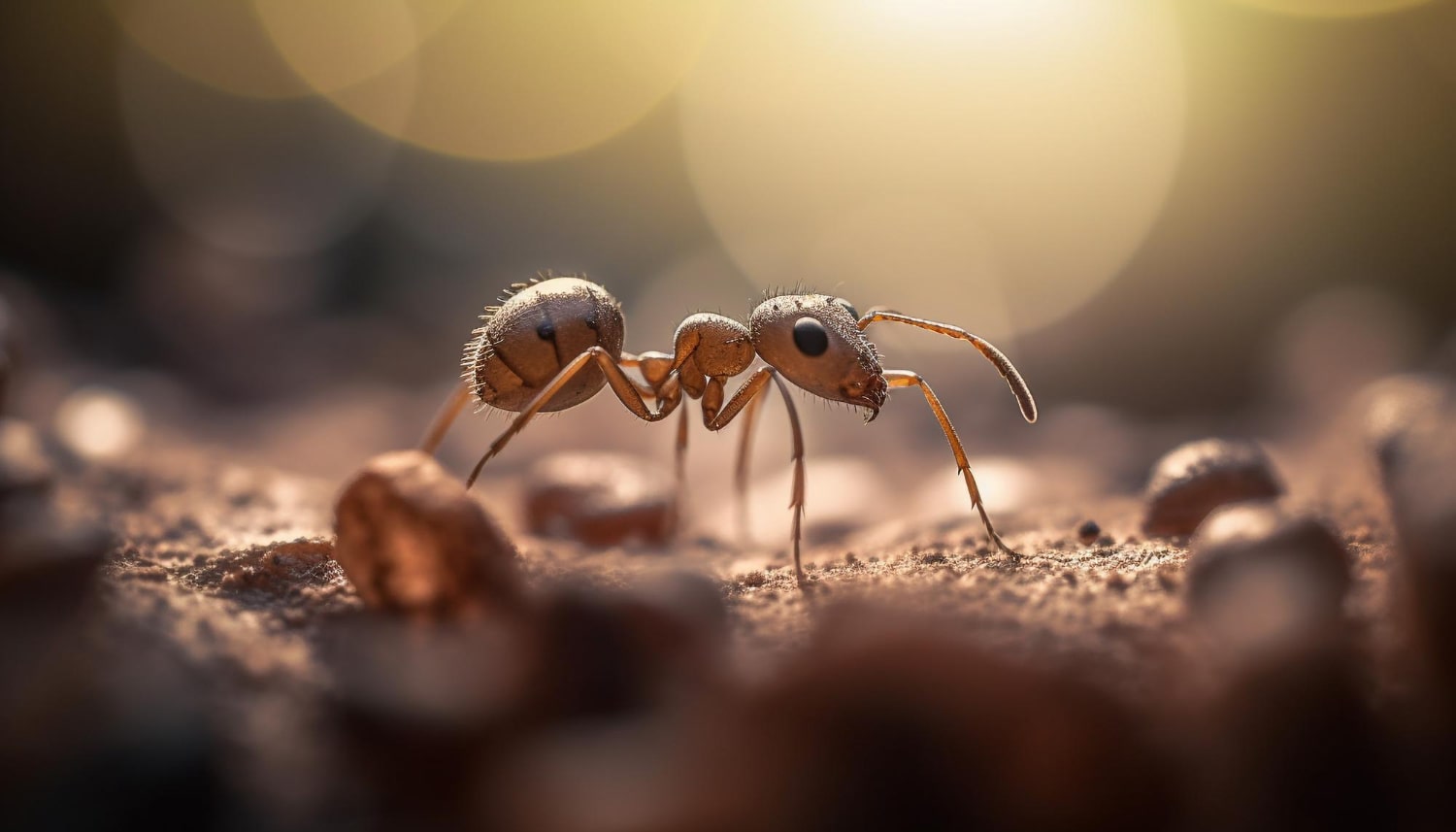
39 interesting facts about ants
- 👁️ 1063
Ants are among the most fascinating and successful insects on Earth. Belonging to the family Formicidae, they are found almost everywhere, from dense forests to arid deserts. Ants are social insects, living in colonies that can range from a few individuals to millions. The intricate division of labour, communication between individuals, ability to solve complex problems, and cooperation in colonies are some aspects that have made ants the subject of extensive scientific study. They play vital roles in ecosystems, such as aerating soil, recycling nutrients, and serving as a food source for many animals.
Facts about Ants:
- There are more than 12,000 known species of ants worldwide.
- Ant colonies consist of three main castes: queens, males, and workers.
- The queen is the only ant in the colony that lays eggs.
- Worker ants are typically females and perform all the tasks except reproduction.
- Ants communicate with each other through chemicals called pheromones.
- Some ants can carry objects up to 50 times their own body weight.
- Leafcutter ants have a mutualistic relationship with a fungus, which they cultivate as food.
- Certain species of ants are known to ‘farm’ aphids, protecting them and feeding on the honeydew they produce.
- The Argentine ant has formed supercolonies, with one stretching over 3,700 miles across Europe.
- Bullet ants have the most painful sting of any insect, according to the Schmidt Sting Pain Index.
- Army ants are nomadic and move to a new nest site regularly.
- Ants have two stomachs, one for personal use and the other to store food for others.
- Antennae are vital for ants’ communication, helping them sense direction and perceive odours.
- Some ants have a unique ability to explode, sacrificing themselves to protect the colony.
- The lifespan of ants varies widely, from weeks to several years, depending on the caste.
- Harvester ants collect seeds as their primary food source, often influencing plant distribution.
- Driver ants, found in Africa, form the largest colonies, comprising over 20 million individuals.
- Ants are found on every continent except Antarctica.
- Fire ants create floating rafts by linking their bodies together during floods.
- Ants have been on Earth for more than 100 million years, with fossil evidence from the Cretaceous period.
- The total weight of all the ants on Earth is estimated to be about the same as the weight of all the humans.
- Some ants can survive complete submersion in water for up to two days.
- Weaver ants use their silk-producing larvae to stitch leaves together to build their nests.
- The honeypot ant serves as a living food storage, gorging on nectar and becoming a living reservoir for the colony.
- Ants have a specialised soldier caste in some species, with larger bodies and jaws for defence.
- Fossilised ants have been found preserved in amber, providing insights into prehistoric species.
- Certain ant species are capable of asexual reproduction.
- Ants play a crucial role in seed dispersal for various plants.
- Trap-jaw ants possess mandibles that snap shut on prey at incredible speeds.
- In some cultures, ants are used in traditional medicines.
- The Sahara desert ant navigates by using polarised light and counting its steps.
- Ants from different colonies or species often engage in fierce territorial battles.
- Some ants are able to recognise themselves in a mirror, indicating a level of self-awareness.
- The largest known ant species is the fossil Titanomyrma, which was around 6 cm long.
- Ants can detect earthquakes before they happen, displaying altered behaviour.
- The wingless queen of the Amazon ant enslaves workers from other ant species.
- Pharaoh ants, known as a common household pest, are thought to have originated in Africa.
- Some ant species build their nests underground, forming intricate tunnel systems.
- Weaver ants communicate by shaking their bodies, a behaviour known as “pantalooning.”
Ants are undoubtedly one of the most intriguing insect species, with their complex social structures, incredible physical capabilities, and adaptability to various environments. Their ability to work as a unit, their intricate communication system, and their ecological roles have drawn admiration and study from scientists, naturalists, and enthusiasts alike. From the humble worker ants that diligently support their colony to the formidable soldier ants defending their territory, they stand as an inspiring symbol of perseverance, collaboration, and ingenuity. The extensive diversity and unique behaviours across ant species continue to provide valuable insights into the natural world, making them an ever-fascinating subject for exploration.

